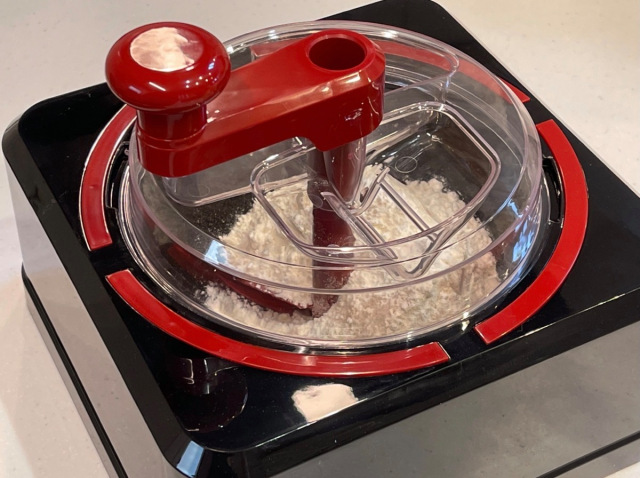
Everything you need to make a great bowl of fresh noodles at home.
In Japan, soba making is a specialised craft acquired through years of training and hard work. That doesn’t mean it’s out of reach for us home cooks, though, especially now that Takara Tomy Arts has re-released the Soba Making Master, which first debuted on the market in 2014.
With so many people now learning to make their favourite meals from scratch as they stay home during the pandemic, it’s the perfect time for Takara Tomy to re-release the product, and seeing as our love for soba is only exceeded by our love for trying new gadgets, we immediately purchased one of these to try when they were released on 29 July.
▼ The equipment’s sleek red-and-black design is reminiscent of Japanese lacquerware.
The only things we had to provide were the ingredients: Soba flour (buckwheat flour) and udon flour (wheat flour), which we picked up from the local supermarket.
For the first step, we added the flours to the main bowl, and according to the instructions, the finished result changes depending on the ratios used. For our first attempt, we followed the “standard recipe”, using 120 grams (4.2 ounces) of soba flour and 80 grams (2.8 ounces) of udon flour, which worked out to be a ratio of 6:4.
▼ Then you attach the lid and place the handle inside the middle section…
▼ …and turn the handle to mix the flours together.
The clear lid makes it easy to see the flours blending together, and once they’ve come together nicely — this should only take less than a minute — it’s time to move on to the next step.
The next step involves adding 100 millilitres (3.38 ounces) of water, and this is where one of the most genius design aspects of this contraption comes to the fore. As you gradually pour the water into the designated semicircular water trough, small holes at the bottom of the trough allow the water to drip into the flour bit by bit, allowing the water to spread evenly throughout as you turn the handle.
▼ The most difficult process in making soba noodles is said to be the even distribution of water into the flour, so this is an ingenious design.
Once the flour has clumped together to form balls of dough, it’s time to add the kneading implement into the designated slot to gently bring the dough together.
You can easily remove the lid at any time, so it’s recommended you check the dough from time to time to keep an eye on its consistency. The manual gives you a clear description of the ideal texture for the dough, which is still a little lumpy (see below) so once we got to that stage, we moved on to the next step.
The next step is to bring it all together with your hands, kneading it lightly until it forms a smooth ball, which should only take a few minutes. At this stage, you can make a version of “sobagaki” with the dough as it is, though it’s preferable to do this with 100-percent soba flour, simply by separating it into clumps and dipping it into a dashi-based sauce to eat.
▼ Yes, sobagaki is basically raw dough, but as it’s made with buckwheat flour it’s said to be easy to digest.
Once the dough has come together to form a smooth ball, flatten it out on the long board provided.
Now it’s time to roll the dough out into a thin piece, using the rolling pin. Cleverly, the red sides of the board are slightly different in height on either side, so you can roll the dough out to your desired level of thickness.
▼ The “太” (“thick”) side is higher, so if you roll the dough out to match the height of the red bar beside it, you’ll get fatter noodles.
The board is pretty short, so your dough will no doubt spill over the ends of it, but its clever design allows even hapless amateurs like us the chance to achieve super smooth, impressively even results.
▼ The smooth finish felt beautiful, like a newborn baby’s skin!
Now we move on to the final step, which is cutting the dough into noodles. This is perhaps the most satisfying step of the whole process, as you finally get to see the fruits of your labour take shape.
Simply fold the dough onto itself so it creates three layers, and then use the cutting tool to guide your knife along the dough, cutting out even slices as you go.
The only criticism we had about the kit was the fact that we had to cut the dough on the plastic board. Using a sharp knife on plastic seemed like it would ruin the product, so next time we make soba, we’ll be cutting the dough on a regular wooden chopping board instead.
Once you’ve sliced your dough into noodles, all you have to do is cook them! To do that, we dropped the noodles into a pot of boiling water for a few minutes before draining them and placing them in a bowl.
Well, judging by first impressions, this is not the type of soba you’d see at a restaurant. The noodles were uneven and short, and some of them were wavy rather than straight.
▼ Definitely not the hallmark of an accomplished soba chef.
Picking the noodles up with chopsticks revealed another problem, as they simply fell all over the place. Rather than come together in a sleek, smooth bundle ready for slurping, our noodles were as short as macaroni, meaning we could only enjoy a few in every mouthful.
However, once we added our noodles to some tsuyu dipping sauce, we forgave ourselves for our superficial mistakes, because the taste of the freshly made soba made up for everything.
▼ The taste of soba was rich, satisfying, and incredibly delicious.
Nothing beats the taste of freshly made soba, and we vowed to pay more attention to the cutting process next time, in order to improve the length and width of the noodles so we can enjoy slurping them up in future.
While Takara Tomy is known for its toys and products marketed at children, the Soba Making Master is far from being a kid’s toy — it can be used by people of all ages to make truly good soba.
Priced at 4,378 yen (US$40.05), the kit is much cheaper than larger ones that can set you back hundreds of dollars, making this an easy and affordable way to get started in the world of soba making.
Be careful, though — once you dip your fingers into the art of making soba, you might not be able to stop until you’ve created works of art like this one in the shape of Studio Ghibli’s Totoro!
Photos © SoraNews24
● Want to hear about SoraNews24’s latest articles as soon as they’re published? Follow us on Facebook and Twitter!
[ Read in Japanese ]

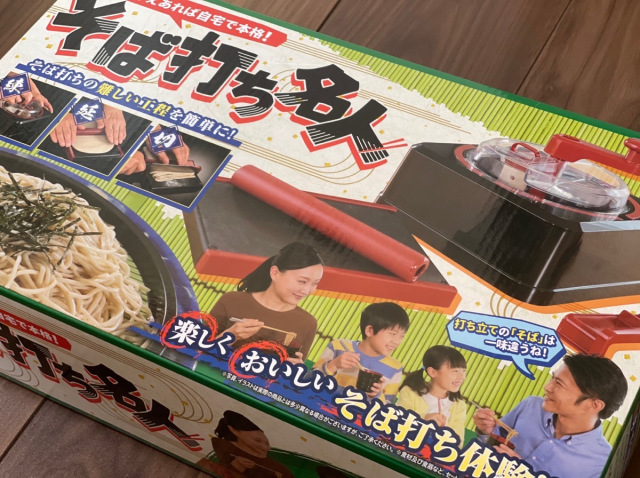
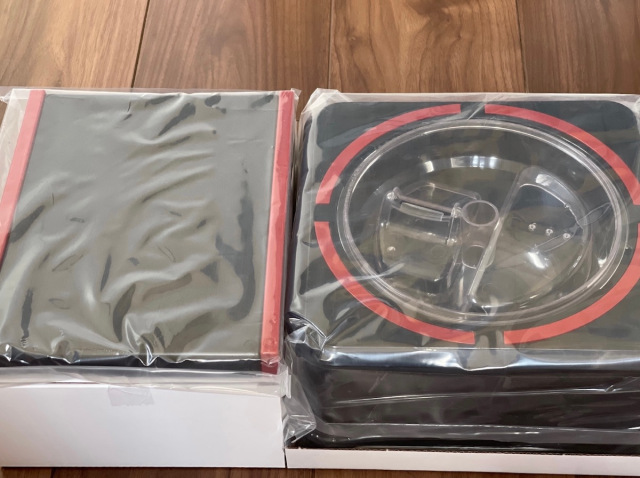
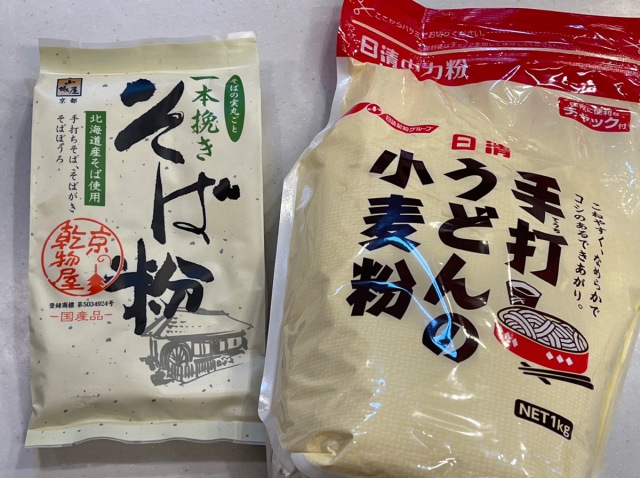
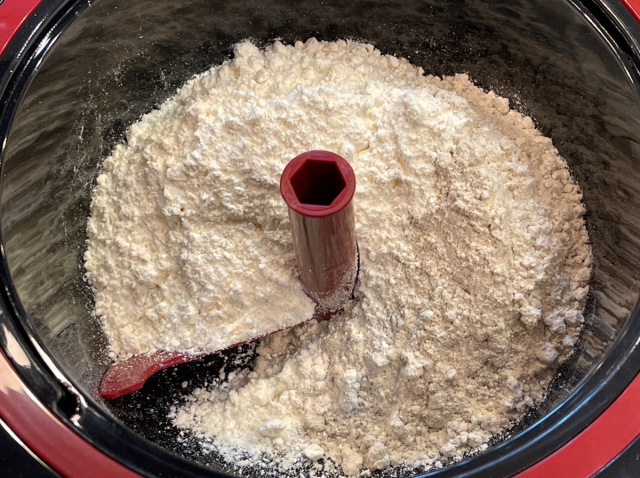
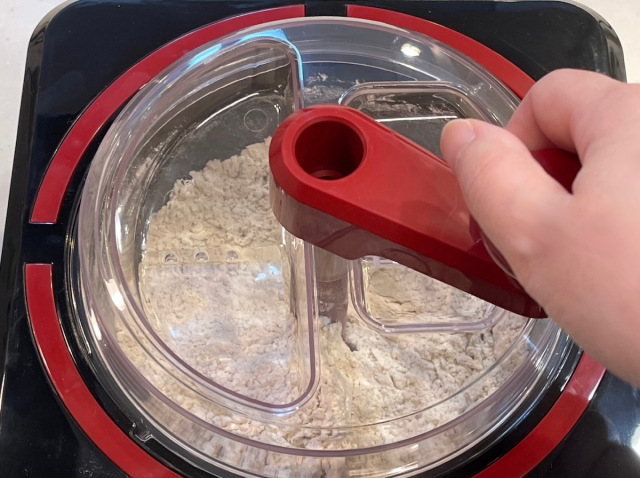
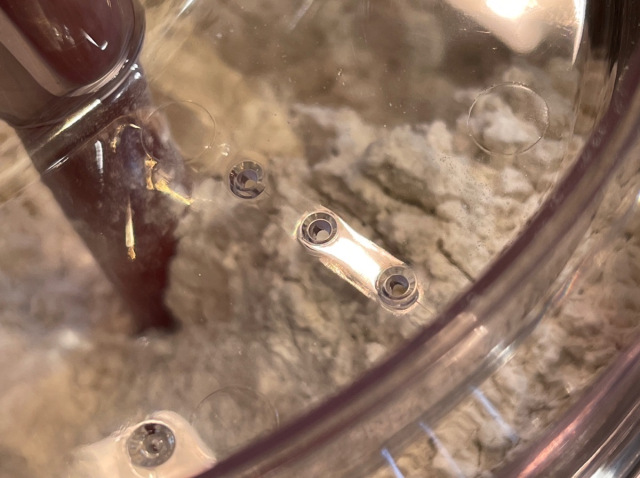
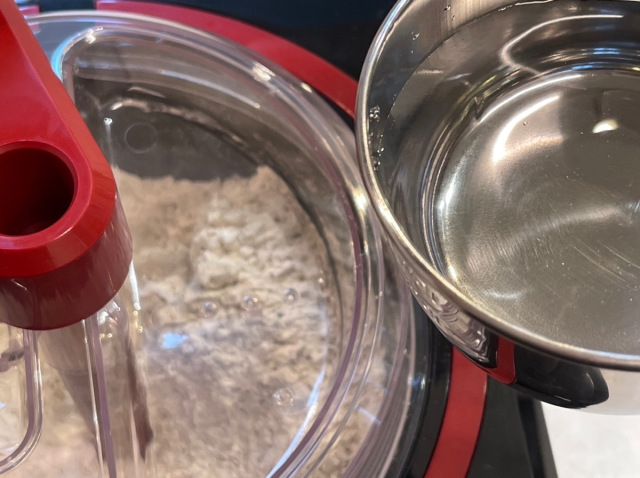
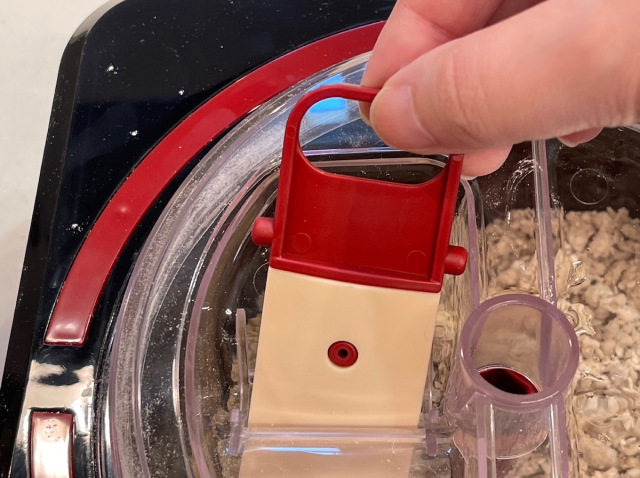
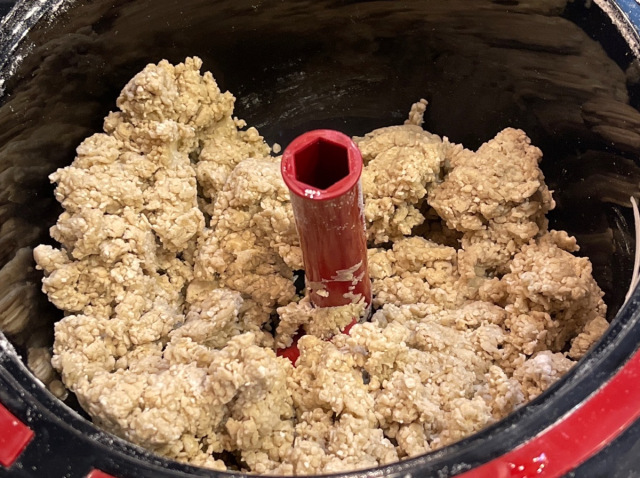
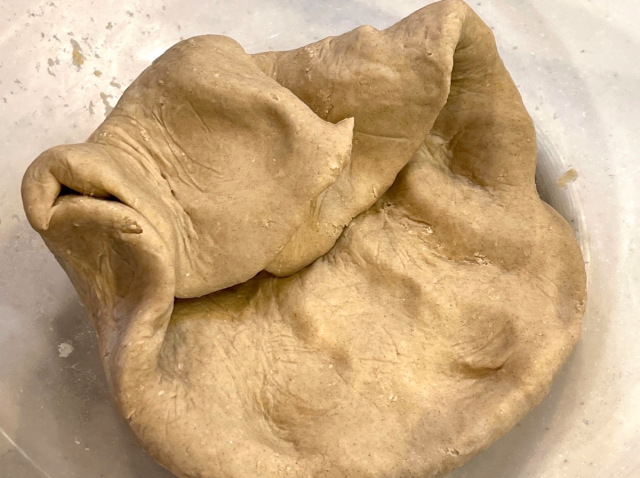
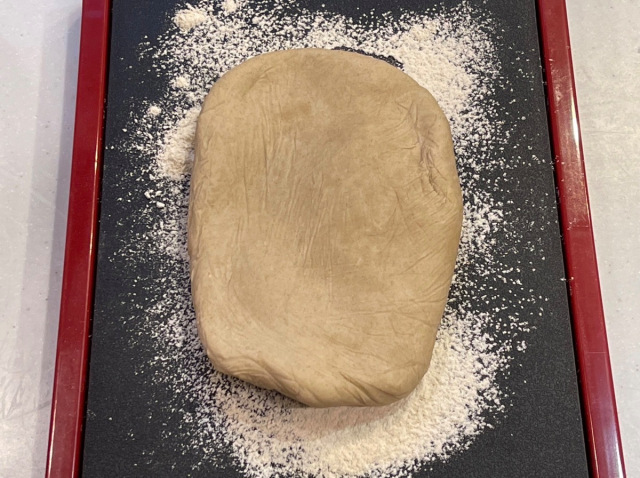
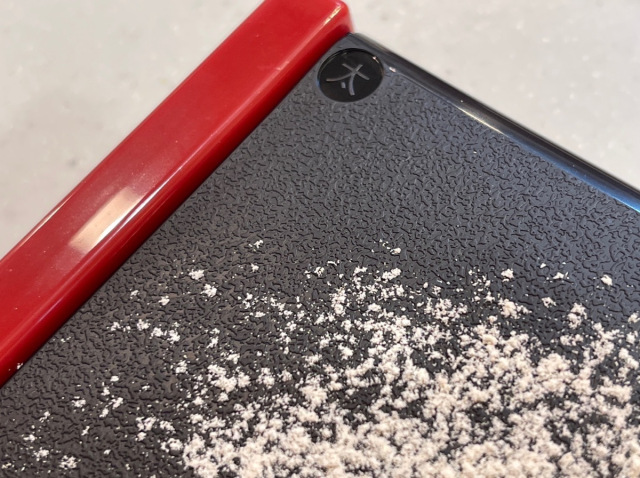
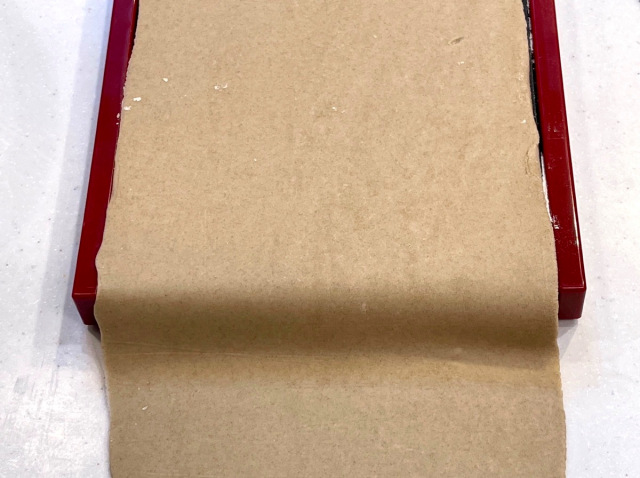
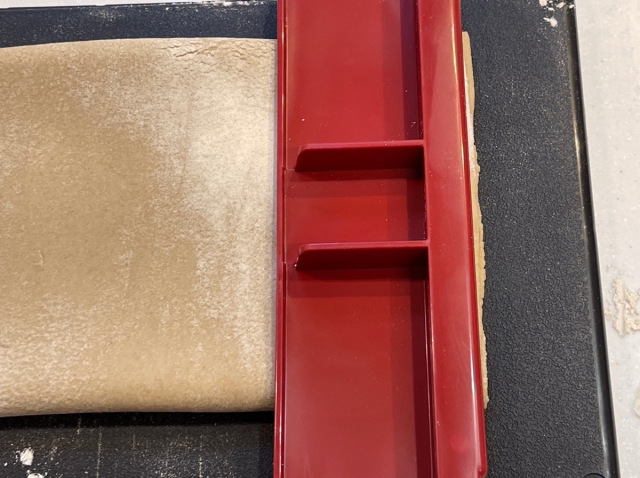
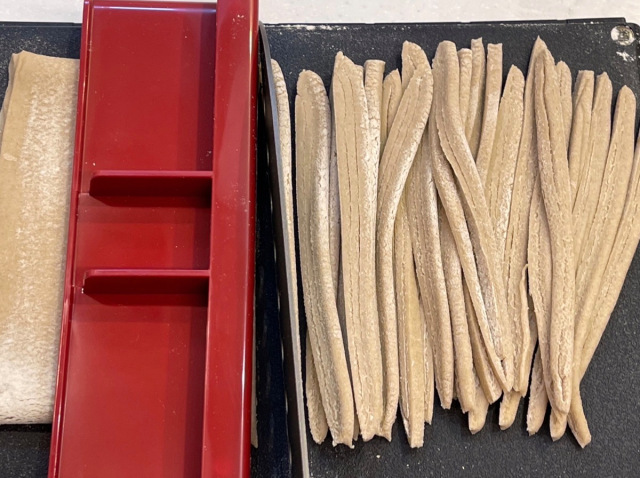
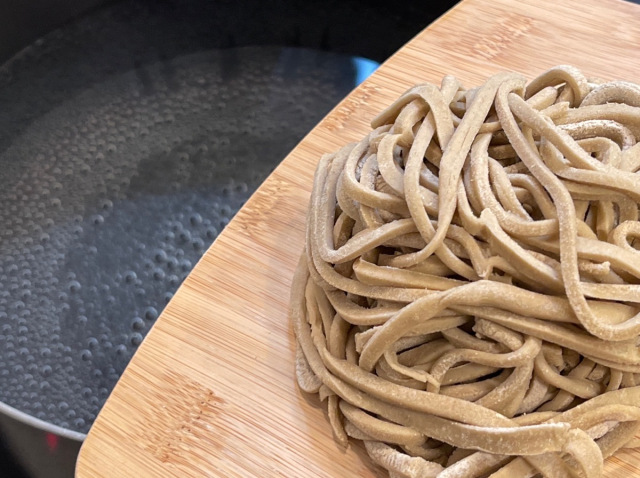
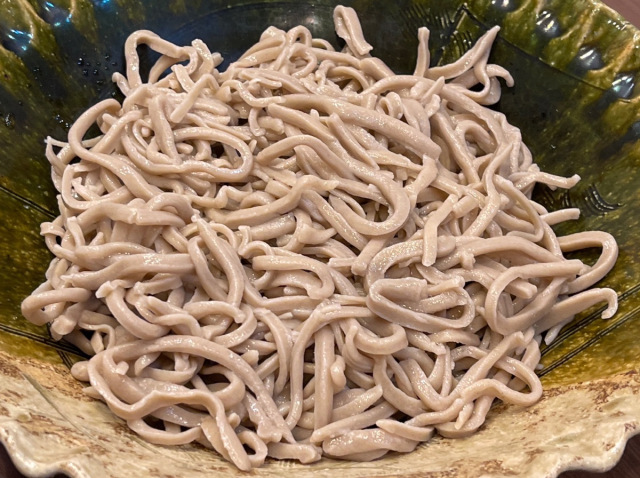
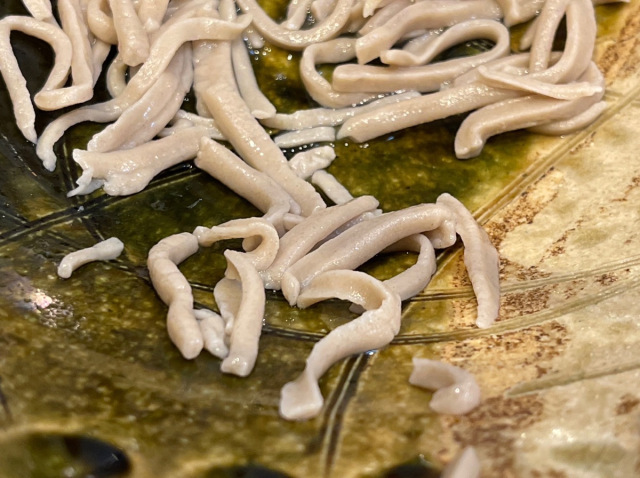
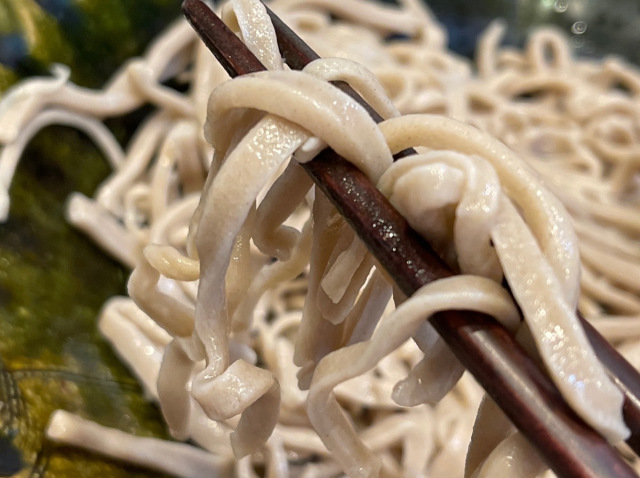
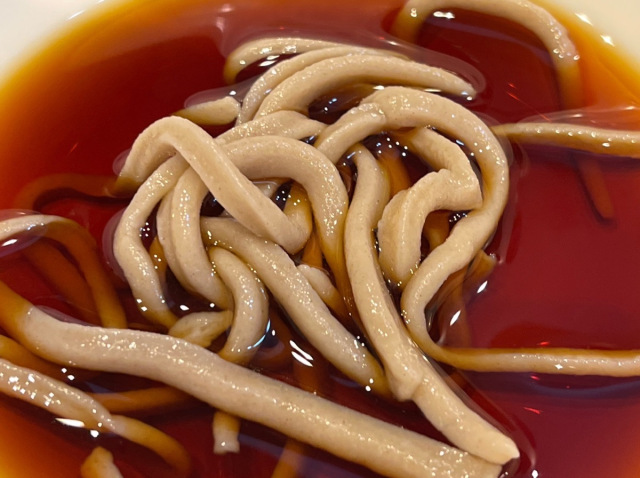
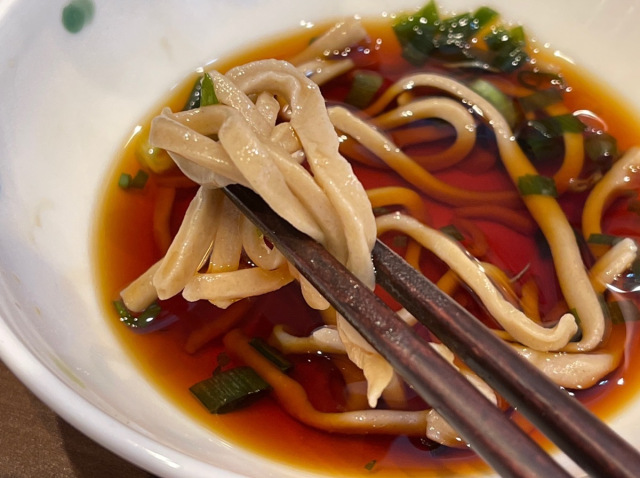
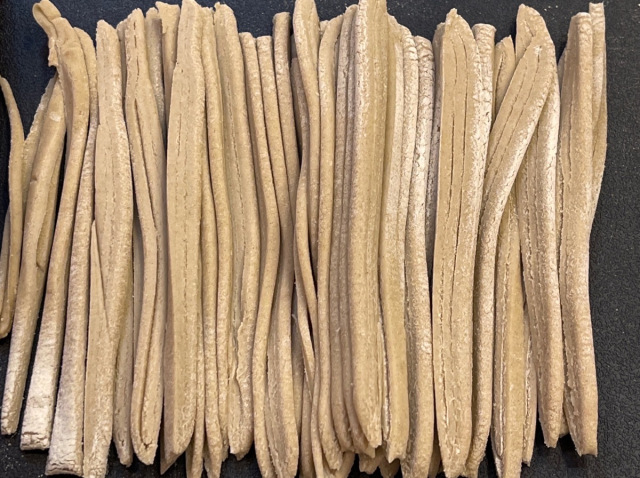
 Which noodles, other than Okinawa soba, pair best with Okinawa soba broth?【Taste Test】
Which noodles, other than Okinawa soba, pair best with Okinawa soba broth?【Taste Test】 What the heck is okame soba?
What the heck is okame soba? We try cooking yakisoba with real Japanese buckwheat soba【SoraKitchen】
We try cooking yakisoba with real Japanese buckwheat soba【SoraKitchen】 Would a pizza made with pizza-flavored potato chips yield a super pizza?
Would a pizza made with pizza-flavored potato chips yield a super pizza? Our batch of homemade Oreos – Why didn’t we think of this before?
Our batch of homemade Oreos – Why didn’t we think of this before? McDonald’s new Happy Meals offer up cute and practical Sanrio lifestyle goods
McDonald’s new Happy Meals offer up cute and practical Sanrio lifestyle goods All-you-can-drink Starbucks and amazing views part of Tokyo’s new 170 meter-high sky lounge
All-you-can-drink Starbucks and amazing views part of Tokyo’s new 170 meter-high sky lounge More foreign tourists than ever before in history visited Japan last month
More foreign tourists than ever before in history visited Japan last month Beautiful Sailor Moon manhole cover coasters being given out for free by Tokyo tourist center
Beautiful Sailor Moon manhole cover coasters being given out for free by Tokyo tourist center Is the new Shinkansen Train Desk ticket worth it?
Is the new Shinkansen Train Desk ticket worth it? Starbucks reopens at Shibuya Scramble Crossing with new look and design concept
Starbucks reopens at Shibuya Scramble Crossing with new look and design concept Hey, Japanese taxi driver! Take us to your favorite restaurant in Tsuruga City!
Hey, Japanese taxi driver! Take us to your favorite restaurant in Tsuruga City! Disney princesses get official manga makeovers for Manga Princess Cafe opening in Tokyo
Disney princesses get official manga makeovers for Manga Princess Cafe opening in Tokyo Arrest proves a common Japanese saying about apologies and police
Arrest proves a common Japanese saying about apologies and police Tokyo’s most famous arcade announces price increase, fans don’t seem to mind at all
Tokyo’s most famous arcade announces price increase, fans don’t seem to mind at all We try out “Chan Ramen”, an underground type of ramen popular in the ramen community
We try out “Chan Ramen”, an underground type of ramen popular in the ramen community Beautiful new Final Fantasy T-shirt collection on the way from Uniqlo【Photos】
Beautiful new Final Fantasy T-shirt collection on the way from Uniqlo【Photos】 Foreign English teachers in Japan pick their favorite Japanese-language phrases【Survey】
Foreign English teachers in Japan pick their favorite Japanese-language phrases【Survey】 There’s a park inside Japan where you can also see Japan inside the park
There’s a park inside Japan where you can also see Japan inside the park Japanese convenience store packs a whole bento into an onigiri rice ball
Japanese convenience store packs a whole bento into an onigiri rice ball Studio Ghibli releases Kiki’s Delivery Service chocolate cake pouches in Japan
Studio Ghibli releases Kiki’s Delivery Service chocolate cake pouches in Japan Japan’s bone-breaking and record-breaking roller coaster is permanently shutting down
Japan’s bone-breaking and record-breaking roller coaster is permanently shutting down New definition of “Japanese whiskey” goes into effect to prevent fakes from fooling overseas buyers
New definition of “Japanese whiskey” goes into effect to prevent fakes from fooling overseas buyers Foreign passenger shoves conductor on one of the last full runs for Japan’s Thunderbird train
Foreign passenger shoves conductor on one of the last full runs for Japan’s Thunderbird train Our Japanese reporter visits Costco in the U.S., finds super American and very Japanese things
Our Japanese reporter visits Costco in the U.S., finds super American and very Japanese things Kyoto bans tourists from geisha alleys in Gion, with fines for those who don’t follow rules
Kyoto bans tourists from geisha alleys in Gion, with fines for those who don’t follow rules Studio Ghibli unveils Mother’s Day gift set that captures the love in My Neighbour Totoro
Studio Ghibli unveils Mother’s Day gift set that captures the love in My Neighbour Totoro Domino’s Japan now sells…pizza ears?
Domino’s Japan now sells…pizza ears? New Japanese KitKat flavour stars Sanrio characters, including Hello Kitty
New Japanese KitKat flavour stars Sanrio characters, including Hello Kitty Sales of Japan’s most convenient train ticket/shopping payment cards suspended indefinitely
Sales of Japan’s most convenient train ticket/shopping payment cards suspended indefinitely Sold-out Studio Ghibli desktop humidifiers are back so Totoro can help you through the dry season
Sold-out Studio Ghibli desktop humidifiers are back so Totoro can help you through the dry season Japanese government to make first change to romanization spelling rules since the 1950s
Japanese government to make first change to romanization spelling rules since the 1950s Ghibli founders Toshio Suzuki and Hayao Miyazaki contribute to Japanese whisky Totoro label design
Ghibli founders Toshio Suzuki and Hayao Miyazaki contribute to Japanese whisky Totoro label design Doraemon found buried at sea as scene from 1993 anime becomes real life【Photos】
Doraemon found buried at sea as scene from 1993 anime becomes real life【Photos】 Tokyo’s most famous Starbucks is closed
Tokyo’s most famous Starbucks is closed One Piece characters’ nationalities revealed, but fans have mixed opinions
One Piece characters’ nationalities revealed, but fans have mixed opinions We asked a Uniqlo employee what four things we should buy and their suggestions didn’t disappoint
We asked a Uniqlo employee what four things we should buy and their suggestions didn’t disappoint Princesses, fruits, and blacksmiths: Study reveals the 30 most unusual family names in Japan
Princesses, fruits, and blacksmiths: Study reveals the 30 most unusual family names in Japan Studio Ghibli’s new desktop Howl’s Moving Castle will take your stationery on an adventure
Studio Ghibli’s new desktop Howl’s Moving Castle will take your stationery on an adventure How to make noodles look restaurant quality in just three seconds
How to make noodles look restaurant quality in just three seconds Hey, have you eaten the news? – Japanese “noodle newspaper” comes with writing on the soba
Hey, have you eaten the news? – Japanese “noodle newspaper” comes with writing on the soba Instant natto soba a suspiciously hot item so we check it out
Instant natto soba a suspiciously hot item so we check it out Japan’s first-ever wanko soba conveyor belt restaurant opens in Tokyo
Japan’s first-ever wanko soba conveyor belt restaurant opens in Tokyo This delicious naan-focaccia combination is the one thing we want for dessert right now【SoraKitchen】
This delicious naan-focaccia combination is the one thing we want for dessert right now【SoraKitchen】 Japanese restaurant chain shows us how to make katsudon in three minutes【SoraKitchen】
Japanese restaurant chain shows us how to make katsudon in three minutes【SoraKitchen】 Shibuya City Office serves up insanely cheap soba noodles, but are they any good?
Shibuya City Office serves up insanely cheap soba noodles, but are they any good? Robot-operated soba stand in Tokyo is too busy for its machine chef to keep up with
Robot-operated soba stand in Tokyo is too busy for its machine chef to keep up with Why did this stand-and-eat soba noodle shop in Tokyo open in the middle of the pandemic?
Why did this stand-and-eat soba noodle shop in Tokyo open in the middle of the pandemic? Saga Prefecture’s hidden gem of a soba restaurant offers scrumptious, full course soba meals
Saga Prefecture’s hidden gem of a soba restaurant offers scrumptious, full course soba meals My lunch Totoro – How to turn your noodles into the adorable Ghibli character
My lunch Totoro – How to turn your noodles into the adorable Ghibli character Make your own Japanese manju snacks with hotcake mix【SoraKitchen】
Make your own Japanese manju snacks with hotcake mix【SoraKitchen】 The top 10 most popular instant noodle brands at the start of 2021
The top 10 most popular instant noodle brands at the start of 2021 We find Italian Soba at an Aomori fish market that insisted it’s perfect for the beach
We find Italian Soba at an Aomori fish market that insisted it’s perfect for the beach Asakusa luxury – the best matsutake soba we’ve ever had at a price that can’t be beat
Asakusa luxury – the best matsutake soba we’ve ever had at a price that can’t be beat Wasabi and salt flavored instant soba released to help cope with summer heat
Wasabi and salt flavored instant soba released to help cope with summer heat
Leave a Reply